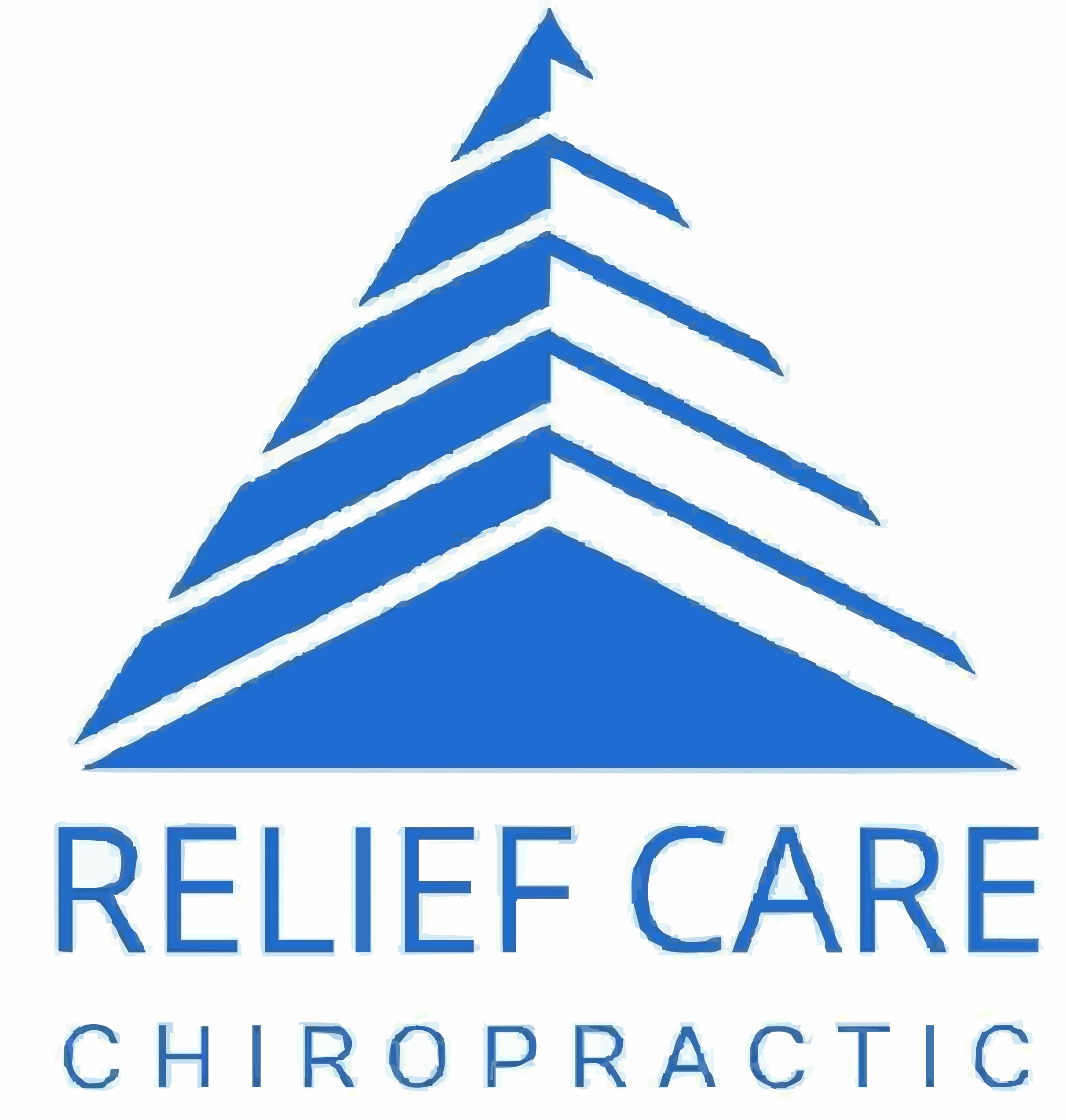Laser therapy, also known as low-level laser therapy (LLLT) or cold laser therapy, is a non-invasive treatment modality that has gained popularity in recent years for its ability to promote natural healing and alleviate various medical conditions. In this article, we will delve into the intricacies of laser therapy, its mechanism of action, applications, advantages, considerations, safety precautions, recent advancements, and more.
1. Introduction to Laser Therapy
Laser therapy involves the use of low-intensity laser light to stimulate cellular function and promote tissue repair. Unlike surgical lasers that cut or burn tissue, therapeutic lasers emit a gentle beam of light that penetrates the skin without causing damage.
2. Understanding the Mechanism of Laser Therapy
How Laser Therapy Works
Laser therapy works by enhancing cellular metabolism and increasing blood circulation in the targeted area. The photons emitted by the laser are absorbed by mitochondria, the powerhouse of the cell, triggering a series of biochemical reactions that promote healing.
Different Types of Laser Therapy
There are various types of laser therapy, including:
- Low-Level Laser Therapy (LLLT): Utilizes low-intensity lasers for therapeutic purposes.
- High-Power Laser Therapy: Involves the use of higher intensity lasers for deeper tissue penetration.
- Cold Laser Therapy: Refers to the non-thermal use of lasers for healing.
3. Applications of Laser Therapy
Pain Management
Laser therapy is commonly used to alleviate pain associated with musculoskeletal disorders, arthritis, injuries, and neurological conditions.
Wound Healing
The enhanced cellular activity stimulated by laser therapy accelerates the wound healing process, reducing inflammation and promoting tissue regeneration.
Skin Conditions
Laser therapy is effective in treating various dermatological conditions such as acne, psoriasis, eczema, and scars.
Physical Therapy
In physical therapy, laser therapy is utilized to reduce pain, inflammation, and muscle spasms, facilitating rehabilitation and recovery.
4. Advantages of Laser Therapy
Non-Invasive Treatment Option
Unlike surgery or invasive procedures, laser therapy is non-invasive and does not require incisions or anesthesia, minimizing the risk of complications.
Minimal Side Effects
Laser therapy is associated with minimal side effects such as mild discomfort or temporary redness, making it a safe treatment option for individuals of all ages.
Faster Recovery Time
Due to its ability to accelerate the healing process, laser therapy often results in shorter recovery times compared to traditional treatment methods.
5. Factors to Consider Before Undergoing Laser Therapy
Before undergoing laser therapy, it is essential to consider factors such as medical history, skin type, and treatment goals to ensure optimal outcomes and safety.
6. What to Expect During a Laser Therapy Session
Preparation
Prior to the treatment, the healthcare provider will assess the patient’s medical history, conduct a physical examination, and discuss the treatment plan and expected outcomes.
Procedure
During the laser therapy session, the patient will be positioned comfortably, and the laser device will be applied to the targeted area for a specified duration.
Post-Treatment Care
After the session, patients may experience mild discomfort or redness, which typically resolves within a few hours. It is essential to follow post-treatment care instructions provided by the healthcare provider.
7. Safety Precautions and Risks Associated with Laser Therapy
While laser therapy is generally safe, there are certain precautions to consider, such as avoiding direct eye exposure to the laser beam and ensuring proper training and certification of the healthcare provider.
8. Recent Advancements in Laser Therapy Technology
Advancements in laser technology have led to the development of more sophisticated and targeted laser devices, enhancing treatment efficacy and precision.
9. Comparing Laser Therapy with Traditional Treatment Methods
Laser therapy offers several advantages over traditional treatment methods, including faster recovery, minimal side effects, and targeted therapy.
10. Success Stories and Testimonials
Numerous individuals have experienced significant improvement in their condition and quality of life following laser therapy. Success stories and testimonials serve as valuable insights into the effectiveness of this treatment modality.
11. Cost of Laser Therapy
The cost of laser therapy varies depending on factors such as the type of laser used, the number of sessions required, and the geographical location of the treatment facility. It is advisable to consult with the healthcare provider regarding pricing and insurance coverage.
12. Finding a Qualified Laser Therapy Provider
When seeking laser therapy treatment, it is crucial to choose a qualified and experienced healthcare provider who is trained in laser therapy techniques and practices.
13. Frequently Asked Questions (FAQs)
What conditions can laser therapy treat?
Laser therapy can effectively treat a wide range of conditions, including musculoskeletal disorders, wound healing, skin conditions, and pain management.
How many sessions of laser therapy are typically needed?
The number of laser therapy sessions required varies depending on the condition being treated, its severity, and individual response to treatment. Typically, a series of sessions spaced over several weeks are recommended for optimal results.
Is laser therapy painful?
Laser therapy is generally well-tolerated and does not cause pain. Some individuals may experience mild discomfort or warmth at the treatment site, which is temporary and subsides quickly.
Are there any side effects of laser therapy?
While laser therapy is considered safe, some individuals may experience mild side effects such as redness, swelling, or skin irritation, which typically resolve on their own.
Can anyone undergo laser therapy?
Most individuals are suitable candidates for laser therapy; however, certain medical conditions or contraindications may preclude some individuals from undergoing treatment. It is essential to consult with a healthcare provider to determine eligibility.
14. Conclusion
Laser therapy offers a safe, effective, and non-invasive approach to promoting natural healing and alleviating various medical conditions. With its minimal side effects, faster recovery time, and wide range of applications, laser therapy continues to revolutionize the field of healthcare, providing patients with alternative treatment options and improved quality of life.
